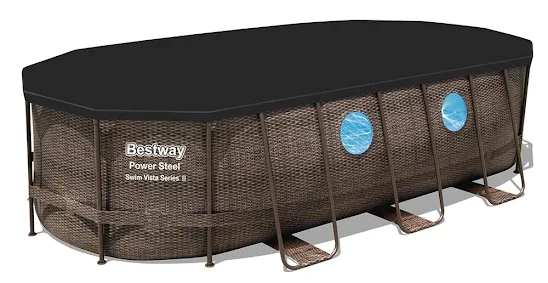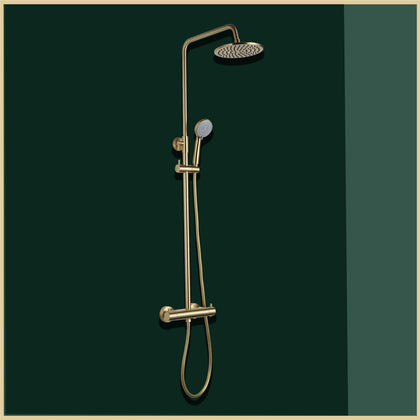Winter covers for above ground pools If you're sure you'll require one, however, what do you do to choose the most appropriate one? There are a variety of different quality grades that are available for every type of cover, but besides the budget for your pool cover what is the best way to choose between the solid covers as well as the mesh covers for your aboveground swimming pool?
Different types of winter covers for pools
Mesh or solid Mesh or Solid Pool Covers Which is better?
solid winter covers for swimming pools. Solid winter covers are almost airtight and prevent debris, dirt, and sunlight from entering the pool. By blocking sunlight, you can help in stopping algae and other microorganisms from developing in the pool during the winter and fall months. A solid winter cover will ensure that the water in your pool will be as lovely in the spring, as you enjoyed it in autumn.
A solid cover will require an air pump for the cover to eliminate the snow and snow melting off the surface of the cover.
Mesh and solid covers for swimming pools are different from solar covers in terms of design and construction. You can narrow your search based on the type of pool Above ground covers differ from those that are in-ground. Solid covers cost more than mesh covers because they're more robust and guarantee a hygienic pool in the spring.
Mesh winter covers are excellent for winter protection and are ideal for those who reside in an area which experiences heavy snowfall in winter. The mesh covers have a porous surface, which means melting snow and rain can flow through the cover and into the pool, thus avoiding the accumulation of puddles on the cover.
Above ground mesh covers for pools can also keep debris and other objects from getting into the pool's water, however, they let smaller pieces of debris to pass through. The particles of debris will be easily removed from the spring by using the use of a vacuum cleaner for the pool. Mesh covers are more affordable than solid covers, and they are lighter, making them more simple to put in and take away.
Pool Cover Maintenance for Winter Pool Cover Maintenance
Winter covers require a small amount of care during the season off. They must be checked regularly, particularly after a snowfall and then drained if needed. It is a good idea to test the cover's tension, and adjust it if necessary. An appropriate fit will ensure that you reap the advantages of a high-quality Winter pool cover.
Leaf Nets
Whatever kind of cover you pick You can enhance the efficiency of your cover by using the use of a leaf net for your swimming pool. Leaf nets are made to cover your winter cover to keep leaf debris as well as other leaves gathering on the cover or sinking into the pooled waters.
If you have lots of trees surrounding your pool, you should consider a leaf net that can be used to remove debris and leaves from the cover. This is a quick and simple way to ensure that the covers are tidy and get rid of any weight or unneeded debris.
Put your leaf net over the pool after you cover your pool for the winter. Remove the net when the trees have shed their leaves. It's easy to remove all the leaves from your cover for your pool in just an hour.
The winter cover you have will help you save time and money come spring, so make sure you choose wisely! You'll need the right accessories to cover your pool. When you purchase, be sure to consult your sales representative regarding the correct accessories for your particular above-ground pool.
Shower Maintenance Tips for a Refreshing Bathing Experience
Taking a shower is not only a necessity but also a rejuvenating experience. However, to ensure that your shower remains in top condition and provides you with a refreshing bathing experience, it's essential to maintain it properly. Here are some shower maintenance tips to keep your shower in optimal condition:
1. Regular Cleaning : Clean your shower enclosure, walls, and showerhead regularly to prevent the buildup of soap scum, mold, and mildew. Use a mild cleanser or a mixture of vinegar and water to remove any residue and keep your shower sparkling clean.
2. Inspect for Leaks : Check for any leaks in the showerhead, faucet, or shower valves. Even a small leak can lead to water wastage and damage to your bathroom. If you notice any leaks, repair them promptly to prevent further issues.
3. Replace Shower Curtains or Doors : If you have a shower curtain, ensure that it's clean and free from mold or mildew. Replace it if necessary. For shower enclosures with doors, check for any signs of wear and tear and replace the seals or hinges if needed.
4. Clean Shower Drains : Clogged drains can lead to water backup and unpleasant odors in your bathroom. Use a drain cleaner or a plumber's snake to clear any clogs and ensure proper drainage.
5. Test Shower Temperature : Check the temperature of your shower water regularly to ensure that it's not too hot or too cold. Adjust the water heater or shower valves if necessary to maintain a comfortable temperature.
6. Inspect Shower Valves : Periodically inspect the shower valves for any signs of corrosion or malfunction. If you notice any issues such as difficulty in turning the valves or inconsistent water flow, consider replacing them to ensure smooth operation.
By following these simple maintenance tips, you can ensure that your shower remains clean, functional, and enjoyable for years to come. Remember that regular maintenance not only prolongs the life of your shower but also enhances your bathing experience.


No comments:
Post a Comment